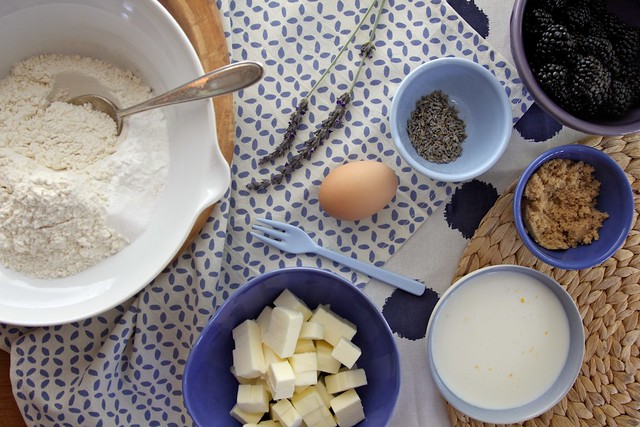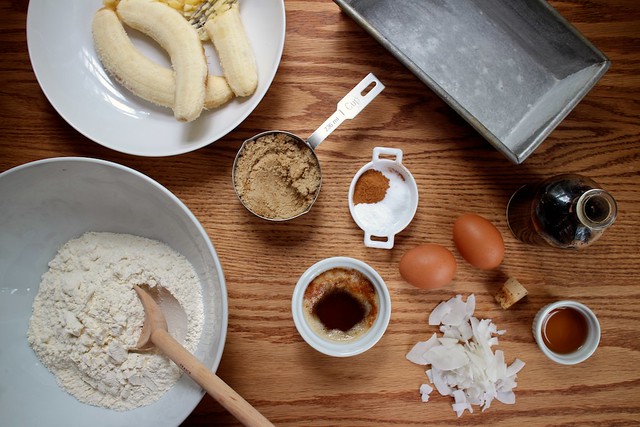Question: Do we really need to sift the flour?
Answer: Nah… it’s cool, why bother?
We’re done here, right? Almost…

You’ve seen the recipes… they read something like ‘sift together flour, baking soda and salt’, or they say something like ‘3 cups sifted flour’.
If you’re anything like me, you read those recipes more like ‘take out that sifter that you sometimes use as a pasta strainer, dirty it up with flour, make more of a mess than you intended, and then keep baking.’ Not ideal. I know.
Do we rreeeaalllyyy have to sift the flour when baking? No, and yes.
Sifting is meant to aerate flour before it is incorporated into a dough or batter.
First things first: be honest about your flour. Is your flour sitting in the paper sack you bought it in? Is it hiding in the back of your cupboard with a discarded bag of brown sugar sitting on top of it?
Just by virtue of being shipped from a place in a bag on a truck means that your flour has been packed and compressed within its confines. It’s best to transfer flour to a large, airtight storage container when you get it home. Transfer it to a big ol’ container and give it a big stir with a wooden spoon. You just aerated the flour! Boom. That was easy.
Second things second: now it’s time to make and bake! Take the big ol’ flour container out of the cupboard and once again give it a stir with a wooden spoon. That’s air in the flour. Use a light hand when spooning flour into the measuring cup (we’ll talk about measuring vs weighing soon!) and swipe the flour with a knife to that the flour is flush with the measuring cup. Place in a bowl. Combine the flour with the other dry ingredients. Things like baking powder, baking soda, and salt will likely also go with the flour.
Next: we ‘sift’… with a whisk! Whisk together all of the dry ingredients. Literally. With a whisk. Just get in there and go for it! Whisking is just the aeration we need to create in our flour. Using a whisk is like killing two birds with one stone. The flour is aerated and the dry ingredients are combined. Whisking the flour also gives you a chance to really look at your flour, making sure it’s fluffy and debris-free.
But wait! What if the recipe calls for 3 cups sifted flour? Well…. plunge that whisk right down into your flour container (because you have a big one now), give it a good whisking and then measure accordingly. I promise things will work out.
Hold up! Should I sift powdered sugar? Yes. You should. Powdered sugar is one ingredient that will meet your laziness with lumps. Rude (the lumps not the laziness.)
Baking 101: How To Read A Recipe
Baking 101: Why We Use Unsalted Butter
Photos above feature: Lavender Blackberry Scones, Vanilla Sugar Doughnuts, and Brown Butter Banana Bread with Rum and Coconut.


105 Responses
This post is accurate and inaccurate at the same time. Leavening agents commonly get little hard lumps while in their containers, and if you don’t sift your leaven agents with the flower, you are likely to get nasty little bumps of very ‘zingy’ baking powder or soda in your final product. Some may not feel this is a big issue, but if your guest bites into a delicious pancake, cookie, cake, etc., and bites into one of these tiny balls of baking powder or soda, it will be a very unpleasant surprise. Ask me how I know!??
I made banana bread for the first time and didn’t sit or whisk the flour, just stored with fork. It turned out pretty good, but I bet it would have been lighter if I had sifted or whisked the flour first. Thank you for the info!!
I agree, these recipes were made in perhaps 1890 when they needed to remove bugs,and didn’t have digital scales. I still whisk so it hydrates better.